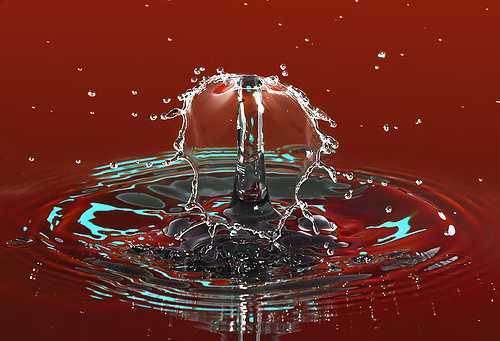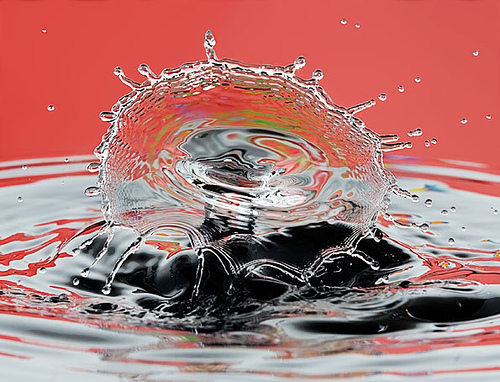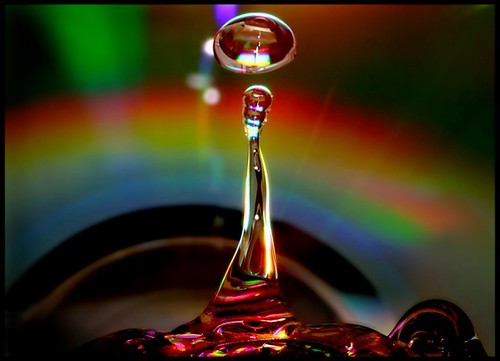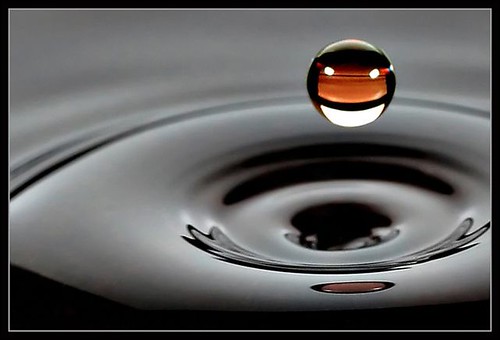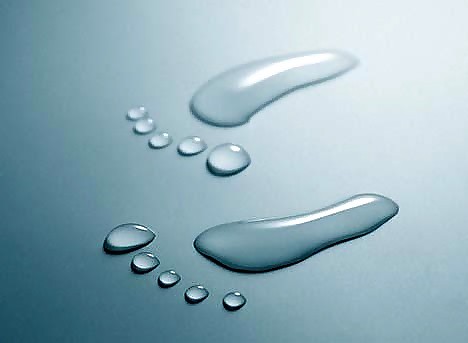King Penguin
Scientific name: Aptenodytes patagonicus
Size: 16.0 kg (m), 14.3 kg (f)
Nest type: in colonies in the open, have territories but no nest
Favourite food: fish, some squid
No other bird has a longer breeding cycle than King Penguins. They take 14 to 16 months to fledge a single chick. During the winter, chicks may be left to fast for from one to five months (May to September/October). Adults can rear a maximum of only two chicks every three years.
Identification:
The second-largest penguin species, similar in appearance to Emperor Penguin, but their ranges do not usually overlap. Cheeks are dark orange. The belly is white but the back is paler than other penguins, more of a grey than black.
Immatures are similar to adults, but with duller facial plumage. Ear patches are pale yellow rather than orange and the throat is grey-white. Reaches adult plumage after two years.
The second-largest penguin species, similar in appearance to Emperor Penguin, but their ranges do not usually overlap. Cheeks are dark orange. The belly is white but the back is paler than other penguins, more of a grey than black.
Immatures are similar to adults, but with duller facial plumage. Ear patches are pale yellow rather than orange and the throat is grey-white. Reaches adult plumage after two years.
Dense colonies, which can number several tens of thousand pairs, are located amongst tussocks, gently sloping beaches, and sometimes can be over a kilometre inland. No nest is built, but pairs still maintain territories within pecking distance of each other.
Emperor Penguins
The Emperor Penguin (Aptenodytes forsteri) is the tallest and heaviest of all living penguin species and is endemic to Antarctica. The male and female are similar in plumage and size, reaching 122 cm (48 in) in height and weighing anywhere from 22 to 45 kg (49 to 99 lb).
The dorsal side and head are black and sharply delineated from the white belly, pale-yellow breast and bright-yellow ear patches. Like all penguins it is flightless, with a streamlined body, and wings stiffened and flattened into flippers for a marine habitat.
ts diet consists primarily of fish, but can also include crustaceans, such as krill, and cephalopods, such as squid.
Click here for more fun facts
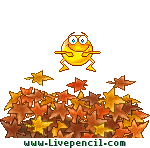





 Martin Waugh at
Martin Waugh at 